Application of Modified SGNA (Subjective Global Nutritional Assessment) to Assess Malnutrition Status in Children with Transfusion-Dependent Thalassemia
DOI:
https://doi.org/10.60110/medforum.360404Keywords:
Malnutrition, SGNA, Thalassemia-dependent transfusion, MUAC, Nutritional statusAbstract
Objective: To assess the malnutrition status of the children with thalassemia by Modified SGNA classification at Dr. Cipto Mangunkusumo Hospital Jakarta Indonesia.
Study Design: Prospective cohort study Place and Duration of Study: This study was conducted at the Dr. Cipto Mangunkusumo Hospital Jakarta
Indonesia from August – December 2023.
Methods: The children in this study are between the ages of 24 and 216 weeks, and they have hemoglobin A1c levels that are high enough to be detected by blood transfusions and hemoglobin D-levels determined by nonprobabilistic sampling. Various anthropometric measurements, such as the Mean Upper Arm Circumference (MUAC) and waist circumference, were taken. The next step is to use the WHO Antro plus and pediTools lunak platforms to measure and classify the Z MUAC for age and height. The GI status is determined using the Global Sub-Evaluation Scale (SGNA) as normal, abnormal, or worse.
Results: Out of 120 participants ranging in age from 24 to 216 months, 55 were female and 65 were male, making up 54.16% of the total. The frequency of malnutrition due to SGNA alteration was shown to be significantly related to age in this study (p=0.005). Out of the 24-60 month age group, no severe malnutrition was detected, and 4 (33.33%) were moderately malnourished. In the group of 61–144 month olds, moderate malnutrition affected 34 (51.51%), whereas severe malnutrition affected 7 (10.61%). Thirteen children (or 33.33 percent) were significantly undernourished between the ages of 145 and 216 months, while another fourteen (33.33%) were moderately
undernourished.
Conclusion: Children with thalassemia are at risk of malnutrition. Modified SGNA is used to assess malnutrition. The prevalence of malnutrition grows as people get older, regardless of gender.

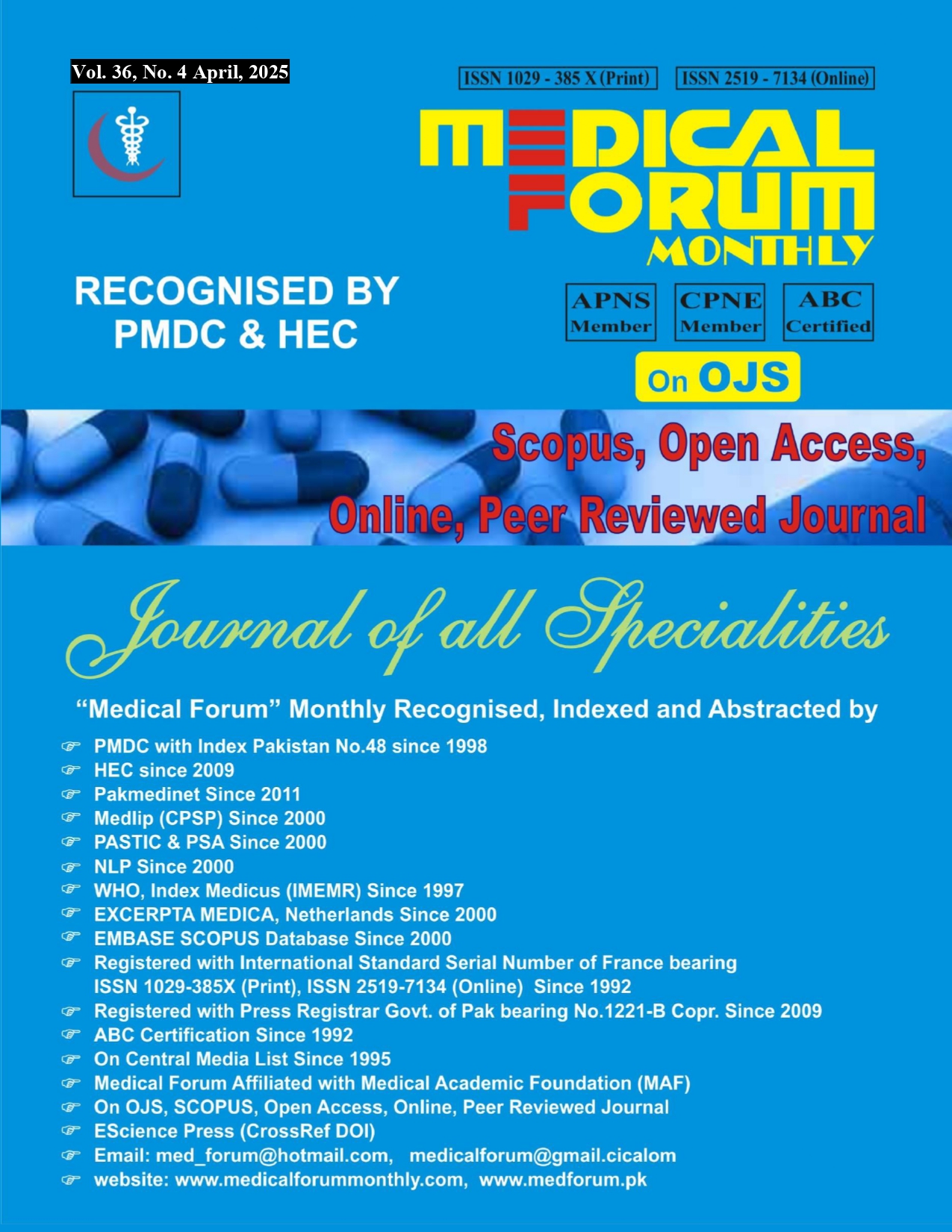
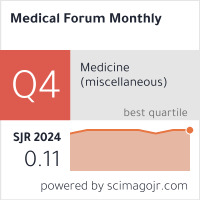

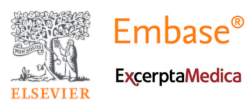



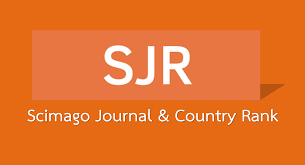











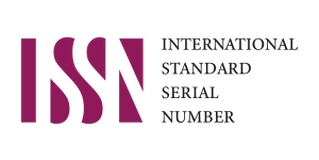











 This work is licensed under a
This work is licensed under a 